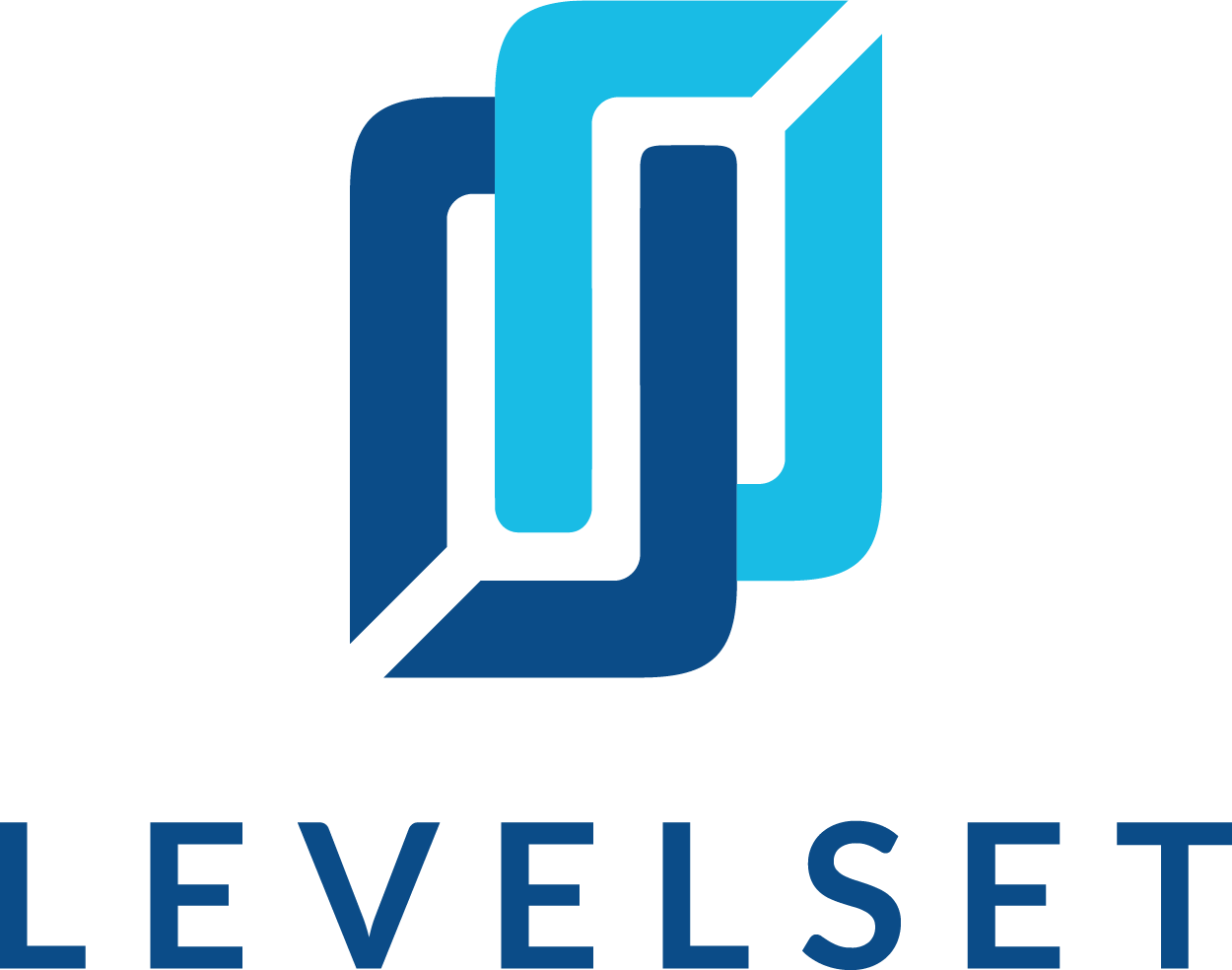
It doesn’t take long after an accountant first works within the construction industry to understand that construction accounting presents unique challenges and adds a whole other level of complexity compared to “ordinary” accounting in the rest of the business world.
Here we present a guide to lien waivers specifically for you, the accountant; guiding you through what you need to know and offering some tips to make the lien waiver exchange process optimal.
Lien Waivers 101 for Construction Accountants
Lien waivers are – in a sense – nuanced legal documents, yet with nearly every construction project across the United States, lien waiver documents are exchanged with every project payment. Lien waivers are exchanged so often in fact that, despite the document’s legal complexities and consequences, rarely do construction companies call on their legal resources to manage the process. Furthermore, the lien waiver is too closely connected with the exchange of money to practically involve a legal resource – namely, an in-house counsel or an outside law firm – disconnected from the dollars and cents of the transaction.
As a result, accountants wind up bearing most lien waiver responsibilities.
Why your boss cares about Lien Waivers
Now that you know some factual information about lien waivers, it’s important to consider why, as an accountant, the task is even on your plate in the first place. In other words, what is it that really makes your boss and your company care about this document?
If you are primarily making payments to other companies and in charge of collecting lien waivers from those companies, your boss and company generally cares about one or both of the following two things:
- Comply with requirements related to the payment application from an owner or lender: Property developers and construction lenders require lien waivers be provided to them for “all subcontractors and suppliers” on the project, and compiling these lien waivers is a prerequisite to process the payment application. Regarding this, it’s really important to your boss and company that the documents be collected in a way that conforms with what the owner or lender wants.
- Eliminate payment and financial risks posed by others on the project: When money is paid down to other contractors on the project, it’s really, really important that those contractors in turn pay their own contractors and suppliers. If that money doesn’t trickle down, the unpaid parties can file a lien against the project and force your company to pay again for the same work or materials. Your boss and company cares about collecting the lien waivers to have proof, before they make payment, that everyone was paid. In this scenario, think of a lien waiver as a receipt or proof of payment.
If you are primarily getting paid and in charge of providing lien waivers to other companies, your boss and company generally cares about the following two things:
- Getting the waiver out of the way to get the cash: Everyone doing financial work for the company wants to get cash in the door as fast as possible; especially in an industry with notoriously slow payments. The lien waiver is something that’s in the way of payment, and that delays the process. Your boss and company, therefore, really care about getting it out of the way, and ultimately, getting cash into the bank account as fast as possible.
- Not signing away unnecessary rights in the lien waiver: You’ll want to answer waiver requests quickly to get cash in the door, but your boss and company don’t want you to put them in a bad legal position. So, reading the lien waiver and making sure it is fair and accurate is important. This one is pretty tricky. If you’re in charge of getting lien waivers signed, you may want to consult an article we wrote on the topic: Should You Sign That Lien Waiver?
Attention Construction Accountants!! Learn everything there is to know about Lien Waivers here:
The Ultimate Guide to Lien Waivers
Why Your Customers or Vendors Care About Lien Waivers
The lien waiver document is not just a document; it’s an exchange.
I once heard a corporate communications coach and speaker, Bill Graham, speak about the act of communicating. He said, “communication is not an activity…it’s a result.” In other words, unlike speaking or writing which is done when the activity is completed, “communicating” is done only when a particular idea is communicated to someone else, received by their brain and understood.
Lien waivers are somewhat like this. Too many companies, software applications, attorneys, consultants, and others believe that lien waivers are simply a document. You need to generate the document. You need to sign the document. You need to collect the document. You need to store the document…etc.
Lien waivers are an exchange between the needs that you have and the needs of the other party. This is not actually true. Lien waivers are an exchange between the needs that you have and the needs of the other party. It’s much more than the document.
In the previous section, we enumerated the things that “your boss” or “your company” cares about with respect to the lien waiver. To address your company’s lien waiver concerns, it’s essential that you understand and accommodate for those other concerns in the previous section. This is what the other party cares about with the lien waiver exchange.
Sometimes, the things the paying party wants from a lien waiver may conflict with the things the party getting paid wants. In every situation, however, understanding the other party’s perspective and biases around the lien waiver document will be extremely valuable. After all, forcing these documents isn’t productive.
3 Critical Mistakes Accountants Make on Lien Waivers
Here we’ll explore some mistakes that are specific to accountants and are very practical.
Mistake 1: Getting the form wrong.
The biggest mistake that accountants make is pretty universal for everyone when dealing with lien waivers: they simply get the form wrong. There seems to be 1,000 different ways to mess up the lien waiver form. Since most lien waiver documents get buried deep into a project file never be seen again, the “wrong form” mistake usually gets buried along with it. But having the right form really matters. Getting the form wrong can mean the difference between having a valid and usable lien waiver, and literally having nothing at all.
Getting the lien waiver form right depends on multiple dimensions:
- The state’s laws and whether specific text and formatting is required
- The type of payment (progress v. final)
- The timing of payment (before the waiver signed, or after)
Mistake 2: Keeping messy records.
The lien waiver exchange process can be made exponentially more difficult if your records aren’t squeaky clean. Unfortunately, accountants spend the bulk of their time in accounting systems and other types of applications, and all project documentation related to the lien waiver exchange exists outside of that system. The accountant finds themselves having to collect, collate, and coordinate a bunch of different documents from all over the place, and connect those documents to the project’s accounting. Even for the most organized person, this is tough.
There are 3 general areas that need good record-keeping:
- Organizing preliminary notices: Regardless of whether you sent or received a preliminary notice, it’s key to keep this document and all the information within it handy. That information and document is closely related to the lien waiver.
- Lien waiver documentation at time of payment: This one is a no-brainer. When you put together a payment application, the lien waiver(s) applicable to the application need to be handy.
- All documentation for history’s sake: Finally, lien waiver documents are rarely precious when they are exchanged. It isn’t until weeks, months, or years later, when the lien waiver document becomes a crucial piece of evidence. When that time comes, at some unexpected point in the future, it’s important to have it handy.
Mistake 3: Not Knowing Who You Don’t Know.
The last and most painful mistake for accountants around the lien waiver process is also one of the most difficult to avoid: not knowing who you don’t know.
Something interesting about the lien waiver exchange process is that parties are frequently exchanging the document with other parties who they don’t even know. The general contractor wants lien waivers from suppliers, but doesn’t know who the suppliers are. The supplier is sending lien waivers to their subcontractor, but it eventually needs to get to the general contractor or lender, who they don’t know. And on and on it goes.
As an accountant, your company is expecting you to make the payment process fast and easy, and to protect the company against financial risks. If you are collecting lien waivers, you may think your job is done after you’ve collected waivers from all the subcontractors. But you’ll face a difficult conversation when an equipment rental company that you may not have even known about puts a lien on the project! Similarly, the accountant in charge of getting cash quickly in the door might learn weeks after the fact that their payment is stuck on a waiver they sent to one party but that didn’t make it up the chain, leading to an uncomfortable conversation about why more wasn’t done sooner.
Accountants should put in processes or leverage technology that helps them know more about who they don’t know on a project, as early as possible.
Connecting your Lien Waiver Process to your Accounting Process
Last, but not least, accountants spend a lot of their time in their accounting systems, and the lien waiver process is connected directly to the traditional accounting function of sending or paying invoices. So it’s certainly frustrating that very few accounting systems have any assistance to offer in managing all of the elements of the lien waiver exchange, even with accounting systems that are commonly used throughout the construction industry.
I wrote an article a few years ago on Construction Executive’s Tech Trends arguing that “Technology Will Solve Lien Waiver Problems.” And that’s true. Eventually, technology will solve all of the lien waiver problems for the construction industry, maybe even going so far as to make the current lien waiver concept disappear completely. In the meantime, though, accountants ought to look for solutions that help them connect all of their lien waiver tasks to their accounting processes, and if possible, their accounting software as well.
In selecting a solution, evaluate how the solution will help you avoid the critical mistakes: Getting the form right, keeping all of the documents in one place and making them always available, and knowing who you don’t know.
Additional Resources
There’s plenty of educational content out there to dig more into the many challenges. Randal DeHart’s Fast Easy Accounting blog has a great video and article comparing “Construction Accounting v. Regular Accounting.” I’d also recommend the Construction Financial Management Association’s (CFMA) bible on the topic, Financial Management and Accounting for the Construction Industry.
The CFMA’s article zeros in on one of the most peculiar challenges frequently left to the accountants: lien waivers. These documents carry significant legal consequences, and accountants for contractors, suppliers, and other industry players must juggle those legal nuances and bench press a bunch of administrative tasks to make sure that they get exchanging lien waivers right as part of the payment process.



